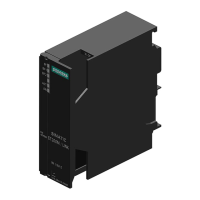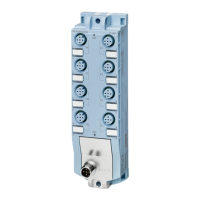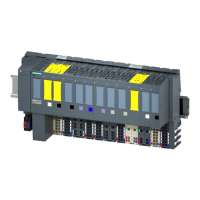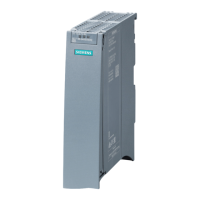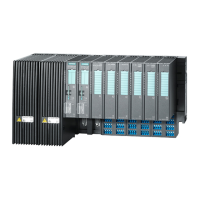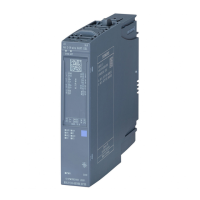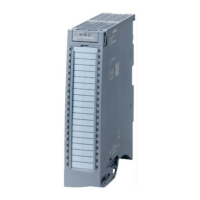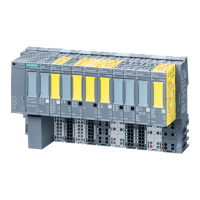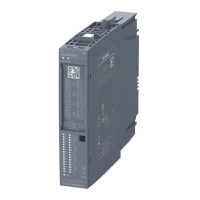Commissioning
5.3 Grouping electronic modules
ET 200pro distributed I/O EtherNet/IP interface module
54 Manual, 03/2016, A5E32861915-AB
Grouping electronic modules
Introduction
Grouping modules allows you to make better use of the available address range of the ET
200pro EtherNet/IP module and reduce the data exchange between the ET 200pro and the
EtherNet/IP master.
You can achieve these benefits by grouping two digital output modules within one byte in the
output area of the process image. Arrange the electronic modules systematically and label
them accordingly.
The two digital output modules that you group must be of the same module type. You can
insert other modules between the two modules that you have grouped.
You can use no more than 8 channels (1 byte) in total for grouping. The ET 200pro
EtherNet/IP module has a maximum address space of 255 bytes for inputs and 255 bytes for
outputs.
The ET 200pro system has address space of up to 255 bytes for inputs and 255 bytes for
outputs. To better exploit the available address space of the scanner and reduce data
transfer between the ET 200pro and the scanner, you can group several electronic
modules/load feeders in a single byte in the input or output area of the process image. This
is achieved by the systematic arrangement and designation of the ET 200pro electronic
modules.
In Appendix C, you will find a table describing the address space required for the individual
modules.
Procedure for groupable modules
1. In the hardware catalog of your configuration software, you can recognize groupable
modules by the fact that they are available in duplicate. The modules differ from each
other only by a " * " in the designation.
2. Configure the ET 200pro setup, adhering to the following rules:
– The modules that you can group in a single byte must be of the same module type.
– There can be a total of no more than 8 channels (1 byte).
3. From the Configuration Tool hardware catalog, select a module without the " * "
designation.
– Result: You open a byte and store the first module there.
4. From the Configuration Tool hardware catalog, select a module with the " * " designation.
– Result: In the open byte, you store additional modules until all the bits are occupied.
5. If a byte is filled, you must configure a module again (that is, open a new byte for a
module without the " * ").
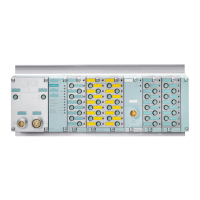
